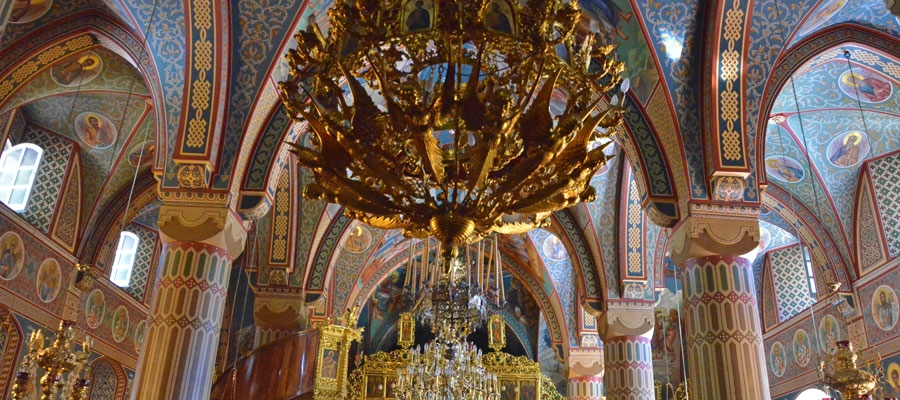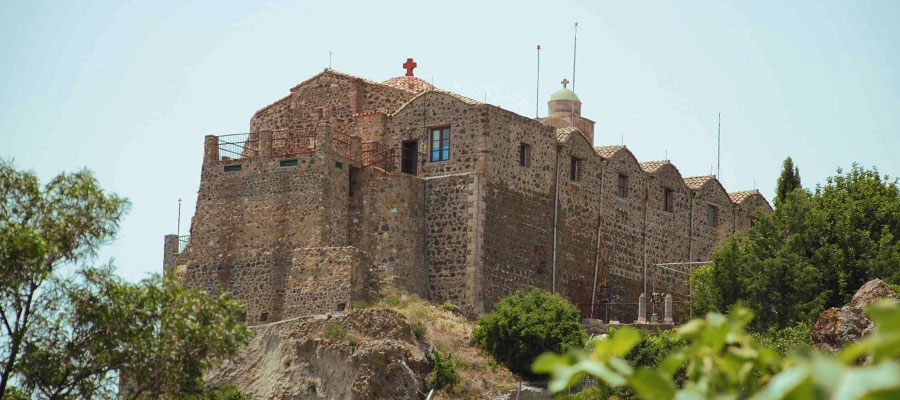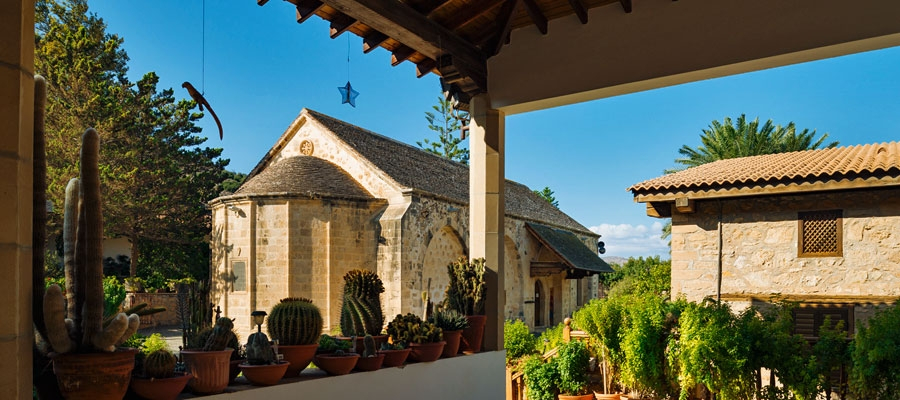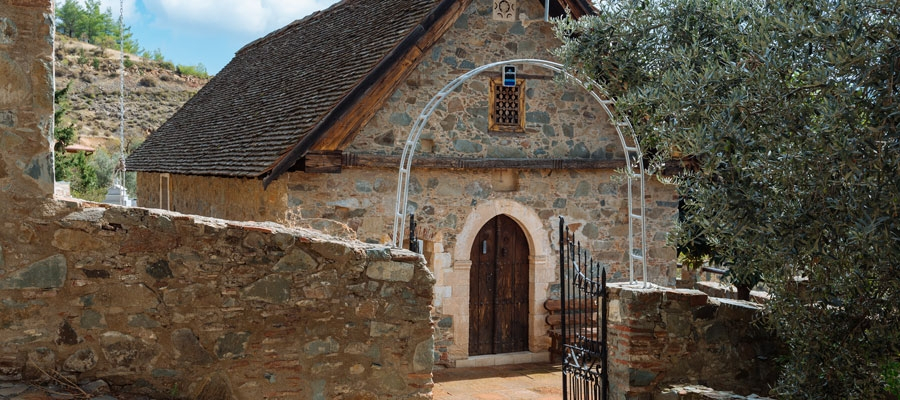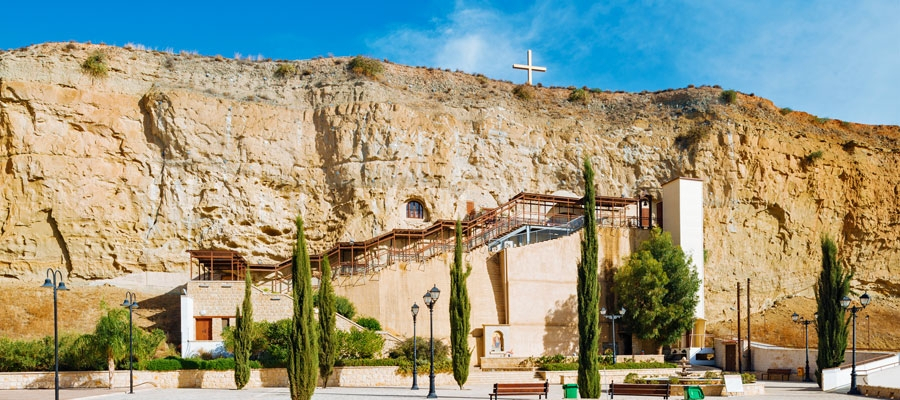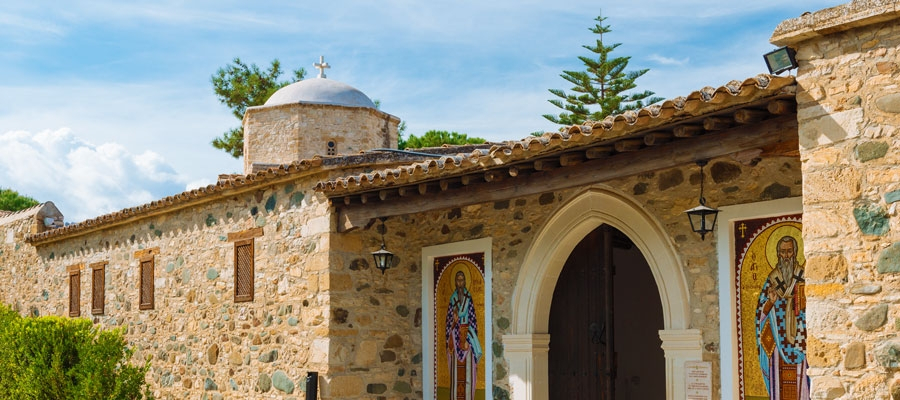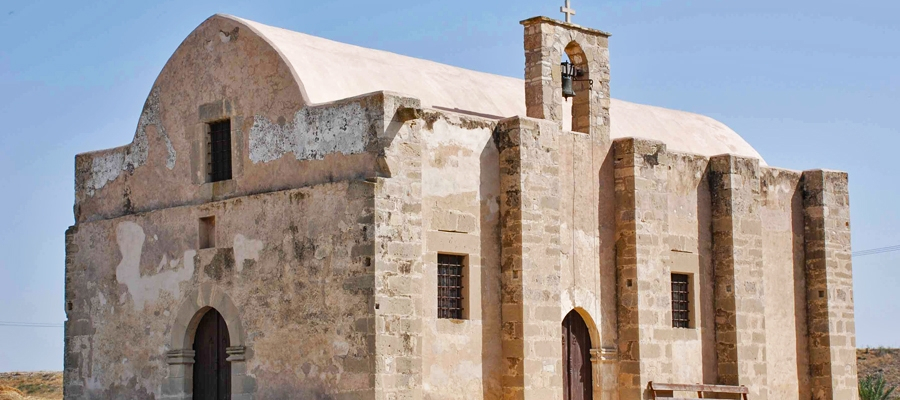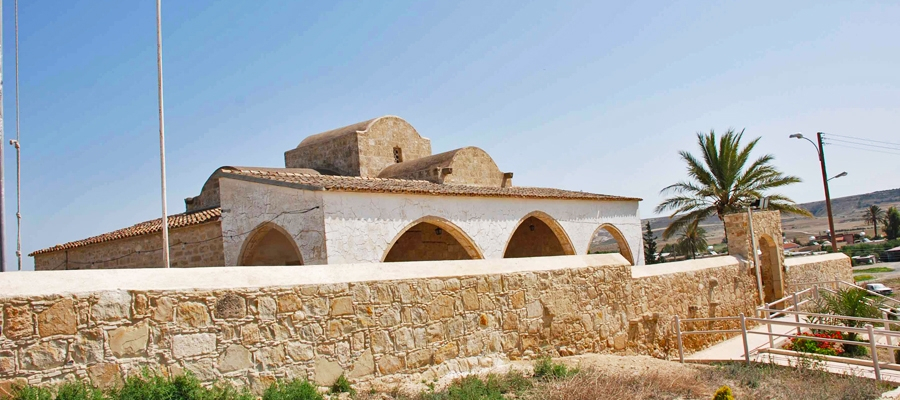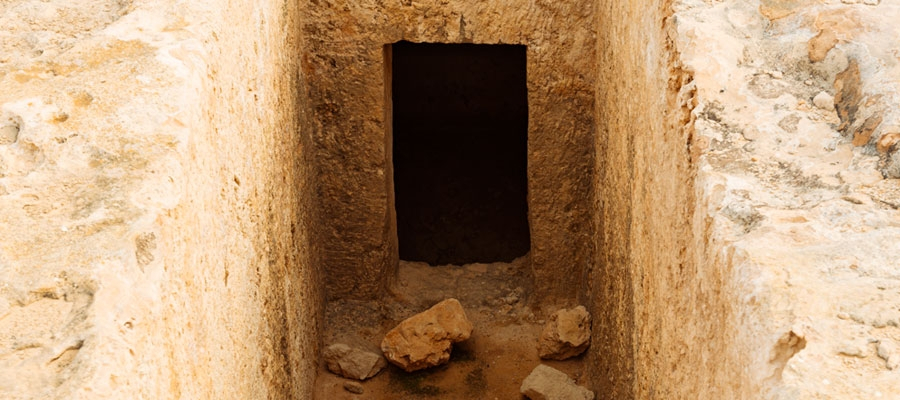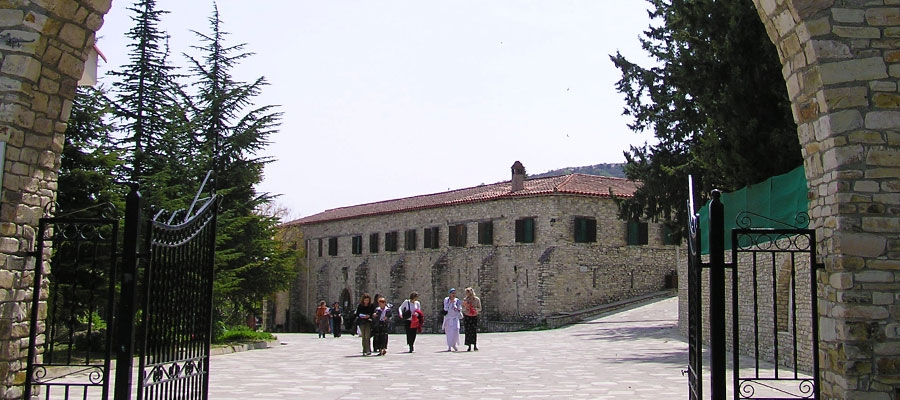Byzantine Art is found everywhere in Cyprus, and the especially good condition of these samples of art (mainly the frescoes) make Cyprus a centre of Byzantine Art study. The first Christian centuries and their art reached our days through the mosaics of three churches – two of which are in the Turkish occupied part of the island.
The basic West route is: Lefkosia (Nicosia) – Peristerona – Kalopanagiotis – Monastery of Panagia tou Kykkou – Panagia (Chrysorogiatissa) – Τala – Empa – Κato Pafos (Paphos) – Geroskipou – Τimi – Kouklia – Κourio – Κolossi – Lemesos (Limassol) – Pyrga – Pera Chorio and Lefkosia.
It is impressive that despite the fact that Cyprus was conquered by many peoples, not only did it preserve the monuments, but also continued to create more with only some influences from the conquerors. The Byzantine art was present on the island from 726-843 AD, although due to the iconoclasm, the most significant monument, which has been salvaged, is the ornament of the eastern dome of the five-domed church in Geroskipou. From the 10th century and up to this day, the Byzantine art both flourished and survived. All proposed monuments of the route are considered to be significant. In Peristerona you will also visit the other five-domed church (there are only two).
Monuments: the Church of Agion Varnava and Ilariona in Peristerona, Monastery of Agios Ioannis tou Lampadisti in Kalopanagiotis, Monastery of Chrysorogiatissa in Pano Panagia, Monastery of Agios Neophytos in Tala, Church of Panagia Chryseleousa in Empa, Church of Agia Kyriaki in Pafos, Church of Agia Paraskevi in Geroskipou, Church of Agia Sofia in Timi, Church of Panagia Katholiki in Kouklia, Church of Agios Efstathios in Kolossi, Monastery of Timios Stavros in Stavrovouni, Royal Chapel in Pyrga and Churches of Agios Georgios and Agios Dimitrianos in Dali.
Total route length: 280 km.

